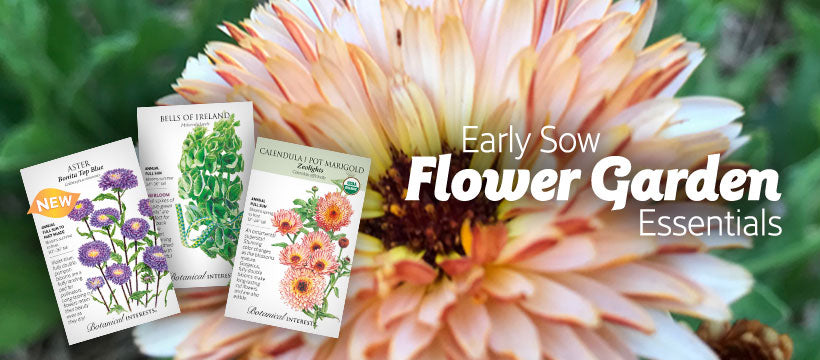Ways to Successive Sow
Sow two varieties of the same crop with different days to maturity (DTM) each in their own garden area.This method is particularly helpful for crops you harvest only once (e.g., carrots, radish, corn). For example, 'Little Finger' Carrots (57 DTM) can be sown in a different area but at the same time as 'Shin Kuroda' Carrots (75 DTM), producing two harvests, about 2 weeks apart, with one planting effort.
Sow two different crops in one area, each with different days to maturity.One will be harvested earlier, making room for the second to mature (intercropping or companion planting). By sowing radishes (30 DTM) with beets (60 DTM), you can harvest the early radishes, while at the same time allowing beets room to mature.
Stagger sowing dates of the same crop (intervals).Cilantro is a fast-maturing, frost-tolerant crop taking only 50 DTM, but it tends to flower quickly ("bolt") in the heat. By sowing cilantro every 1 to 2 weeks, you can ensure a continuous supply into early summer and again in fall.
Plan for and sow one crop after another has been harvested (sequence; replanting).Garlic that is harvested in June or July can be followed with a crop of bush beans or summer squash that take only 45 to 55 days to mature.
Planning Tips
Determine if the crop is considered a frost tolerant ("cool season") or frost sensitive ("warm season") crop.
frost-tolerant crops perform best when sown in cooler soil, and mature during the cooler part of the year (spring and fall), while frost-sensitive plants germinate and grow best once things warm up. Knowing the range of soil temperatures your crops germinate best at also helps determine at what time you can direct sow, or in the case of crops that can be transplanted, if and when the crop should be started indoors.
Know the variety's DTM.
Days to maturity refers to how many days, under optimal growing conditions, it will take to harvest a crop once the seedling has emerged from the soil. In some cases (e.g., peppers and tomatoes), DTM isn't counted until after transplantation. In general, transplanting adds 1 to 2 weeks to the DTM because it takes some time for transplants to get accustomed to their new environment.
Know your average first fall frost date.
Fall is a time of garden bounty. To make the most of late summer and fall, plan for your crops to be harvestable based on the average fall frost date for your area. For a late season sowing of crops that do not tolerate frost (e.g., squash, beans, basil), use the DTM to count back from the first average fall frost date, adding 2 weeks to account for cool weather, which slows development. Several cool season crops (e.g., turnips, kale, cauliflower) can tolerate a light frost, and may even have improved flavor after a frost. Their predicted harvest date can be around the first fall frost.


